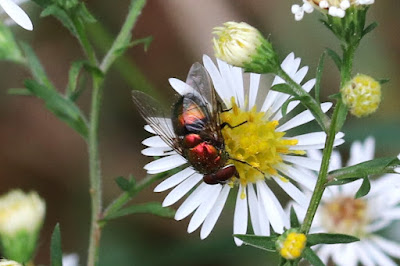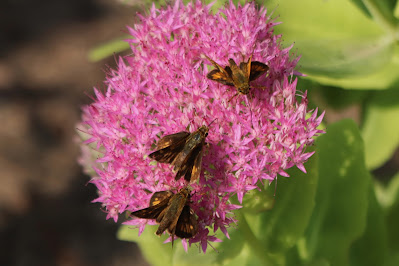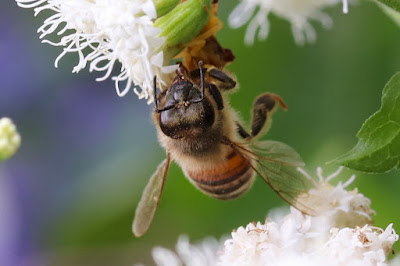Deryl's Discoveries!
Deryl has spent time at the Lake Huron shoreline and around a mud puddle in a local construction site to find these migrating birds this fall!
Stilt Sandpipers wade belly deep, probing for invertebrates in mud. These long-distance migrants fly south through the middle of North America, then cross the Caribbean to winter in South America. A long-term study in Churchill, Manitoba, uncovered an interesting fact: among mates pairing for the first time, the longest-billed female Stilt Sandpipers and the shortest-billed males tended to be the first to pair off! https://www.allaboutbirds.org/guide/Stilt_Sandpiper/overview
Bonaparte's Gulls are able to capture flying insects and pluck tiny fish from the water with equal ease. They are unusual among gulls in their use of trees for nesting. During late fall, they can be found in large numbers near the mouth of the St. Clair River.
https://www.allaboutbirds.org/guide/Bonapartes_Gull/overview
The Least Sandpiper is the smallest shorebird in the world, weighing about one ounce (28.349 grams)! Eastern populations probably fly nonstop over the ocean, leaving from the Gulf of St. Lawrence and New England, to wintering grounds in northeastern South America; a distance of 1,800 to 2,500 miles.
https://www.allaboutbirds.org/guide/Least_Sandpiper/overview
Sanderlings are extremely long-distance migrants that breed only on the High Arctic tundra, but during the winter they can be found on sandy beaches all around the world!
https://www.allaboutbirds.org/guide/Sanderling/overview
Semipalmated Plovers look like miniature Killdeer, but with only one black band across the breast. These alert foragers tend to stick to mudflats, sandbars and fields.
https://www.allaboutbirds.org/guide/Semipalmated_Plover/overview
The Semipalmated Sandpiper gets its common name from the short webs between its toes. They walk slowly through mudflats and wetlands, rapidly and continuously pecking or probing for tiny invertebrates to eat.
https://www.allaboutbirds.org/guide/Semipalmated_Sandpiper/id

https://www.allaboutbirds.org/guide/Parasitic_Jaeger/overview


















































